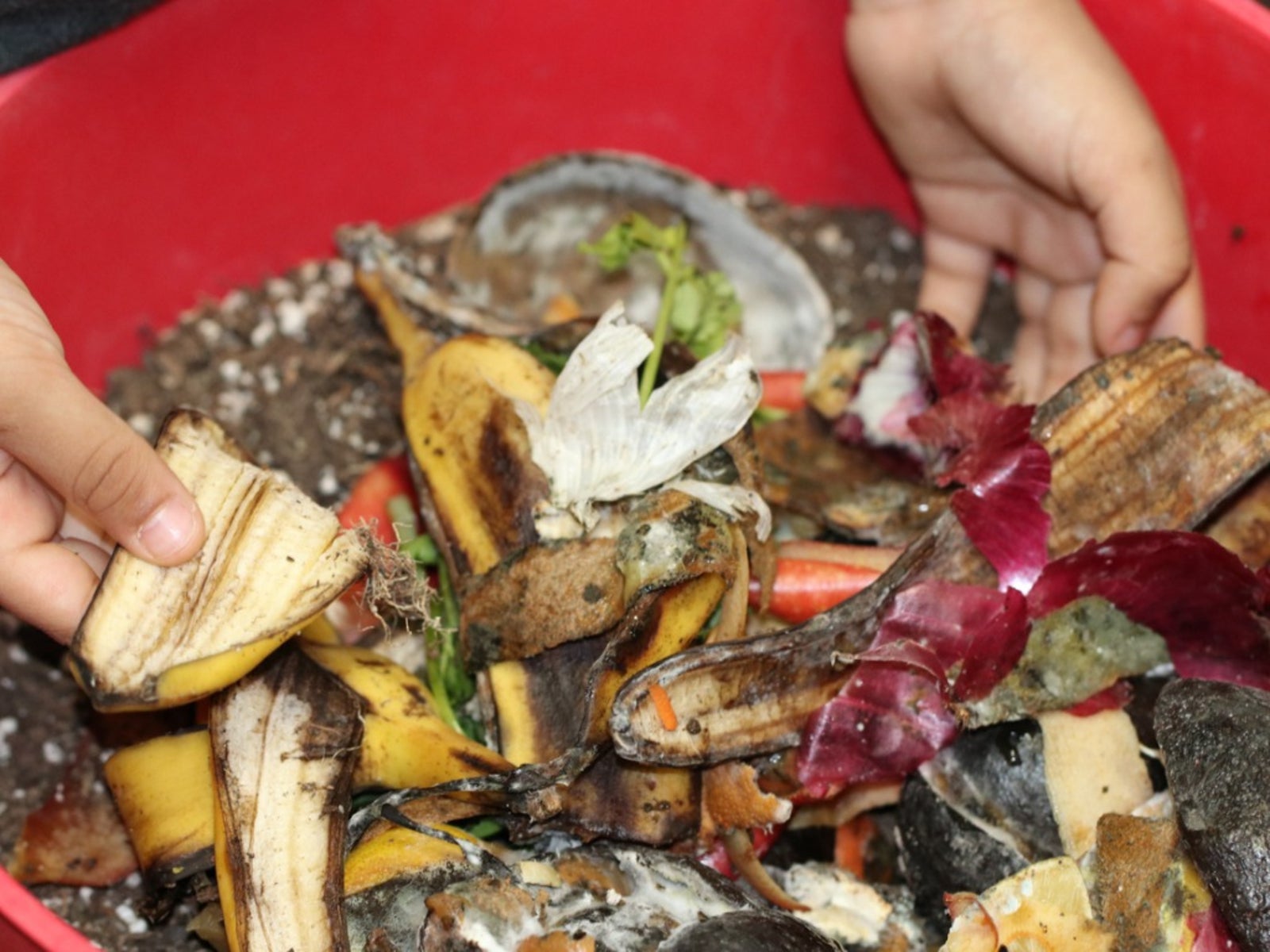Composting Ideas For Children: How To Compost With Kids


Kids and composting were meant for each other. When you take part in compost activities for kids, take time to discuss what happens to garbage that isn't composted. Landfills are filling up at an alarming rate, and waste disposal options are becoming hard to find. You can introduce your kids to the basic principles of taking responsibility for the waste they generate through composting. For children, it will just seem like great fun.
How to Compost with Kids
Children will get more from the experience if they have their own compost container. A garbage can or plastic bin that is at least 3 feet (1 m.) tall and 3 feet (1 m.) wide is large enough to make compost. Drill 20 to 30 large holes in the lid and in the bottom and sides of the container to allow air in and let excess water drain through. A good compost recipe includes three types of ingredients:
- Dead plant material from the garden, including dry leaves, twigs, and sticks.
- Household waste, including vegetable scraps, shredded newspaper, tea bags, coffee grounds, eggshells, etc. Don't use meat, fat, or dairy products or pet waste.
- A layer of soil adds earthworms and microorganisms that are necessary to break down the other materials.
Add water now and then, and stir the container weekly with a shovel or large stick. Compost can be heavy, so little ones may need help with this.
Composting Ideas for Children
Soda Bottle Composting for Children
Children will enjoy making compost in a two liter soda bottle, and they can use the finished product to grow their own plants. Rinse out the bottle, screw the top on firmly, and remove the label. Make a flip top in the bottle by cutting most of the way around about a third of the way down the bottle. Place a layer of soil in the bottom of the bottle. Moisten the soil with water from a spray bottle if it is dry. Add a thin layer of fruit scraps, a thin layer of dirt, a tablespoon (14 ml.) of fertilizer, chicken manure or urine, and a layer of leaves. Continue adding layers until the bottle is almost full. Tape the top of the bottle in place and place it in a sunny location. If moisture condenses on the sides of the bottle, remove the top to let it dry out. If the contents look dry, add a squirt or two of water from a spray bottle. Roll the bottle around every day to mix the contents. The compost is ready to use when it is brown and crumbly. This takes a month or so.
Worm Composting for Children
Children also enjoy worm composting. Make a “worm farm” out of a plastic bin by drilling several holes in the top, sides, and bottom. Make bedding for the worms out of newspaper torn into strips and then soaked in water. Wring it out until it is the consistency of a damp sponge and then fluff it up to form a layer about 6 inches (15 cm.) deep in the bottom of the bin. Mist the bedding with a spray of water if it begins to dry out. Red wigglers make the best composting worms. Use a pound of worms for a 2 foot (61 cm.) square bin, or half a pound for smaller containers. Feed the worms by tucking fruit and vegetable scraps into the bedding. Start with a cup of scraps twice a week. If they have leftovers, cut back on the amount of food. If the food is completely gone, you might try giving them a little more.
Sign up for the Gardening Know How newsletter today and receive a free copy of our e-book "How to Grow Delicious Tomatoes".

Jackie Carroll has written over 500 articles for Gardening Know How on a wide range of topics.